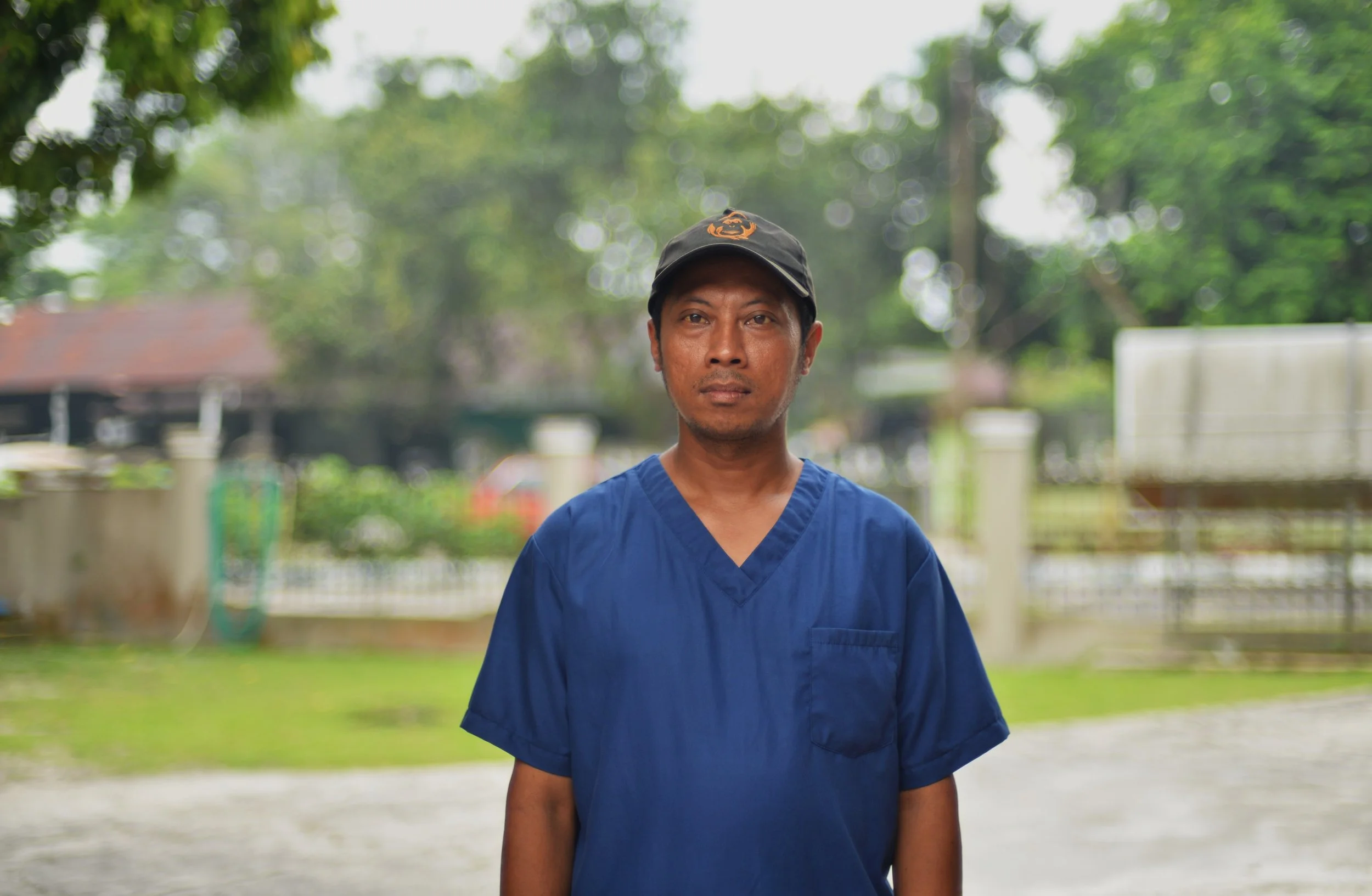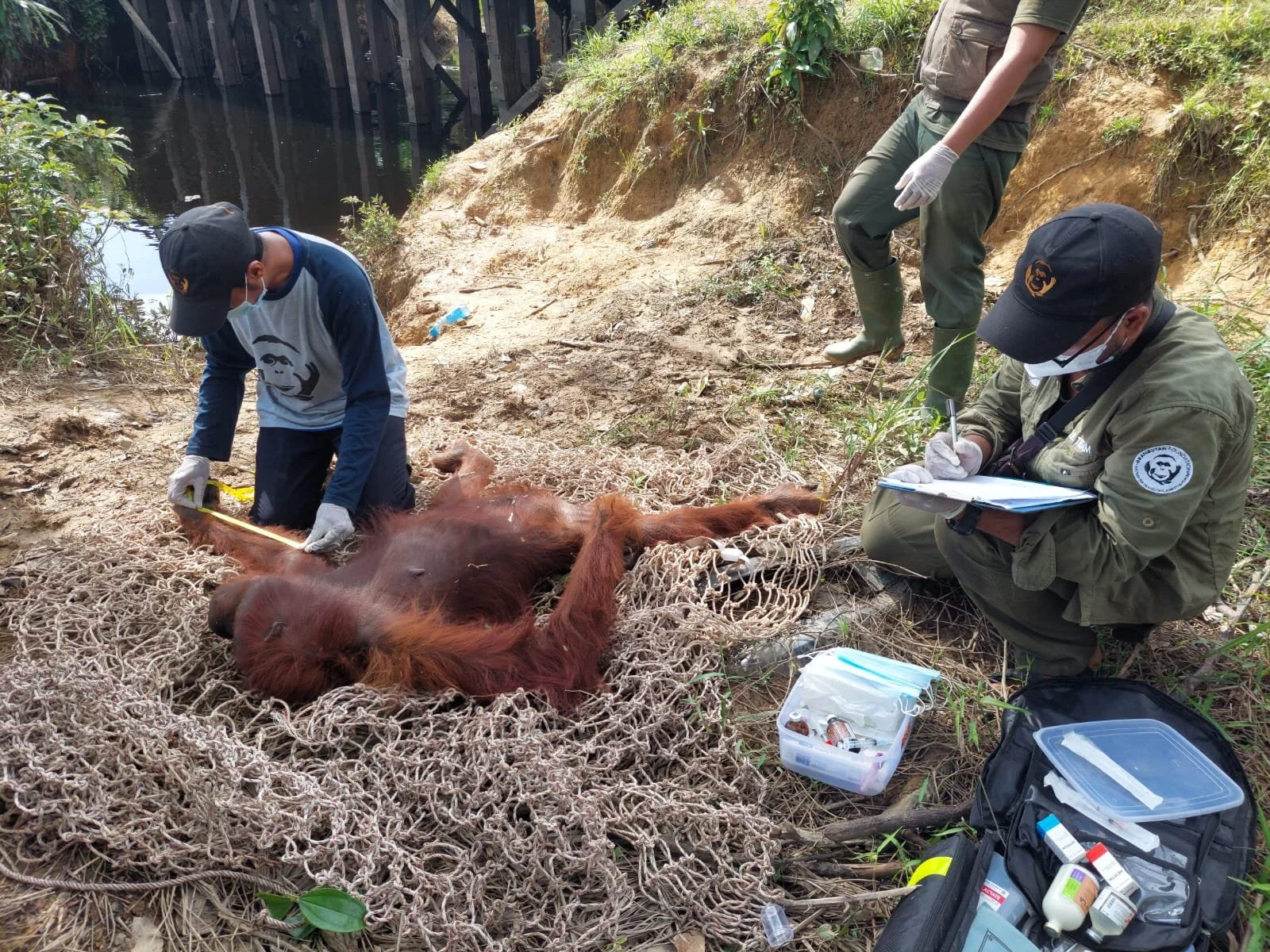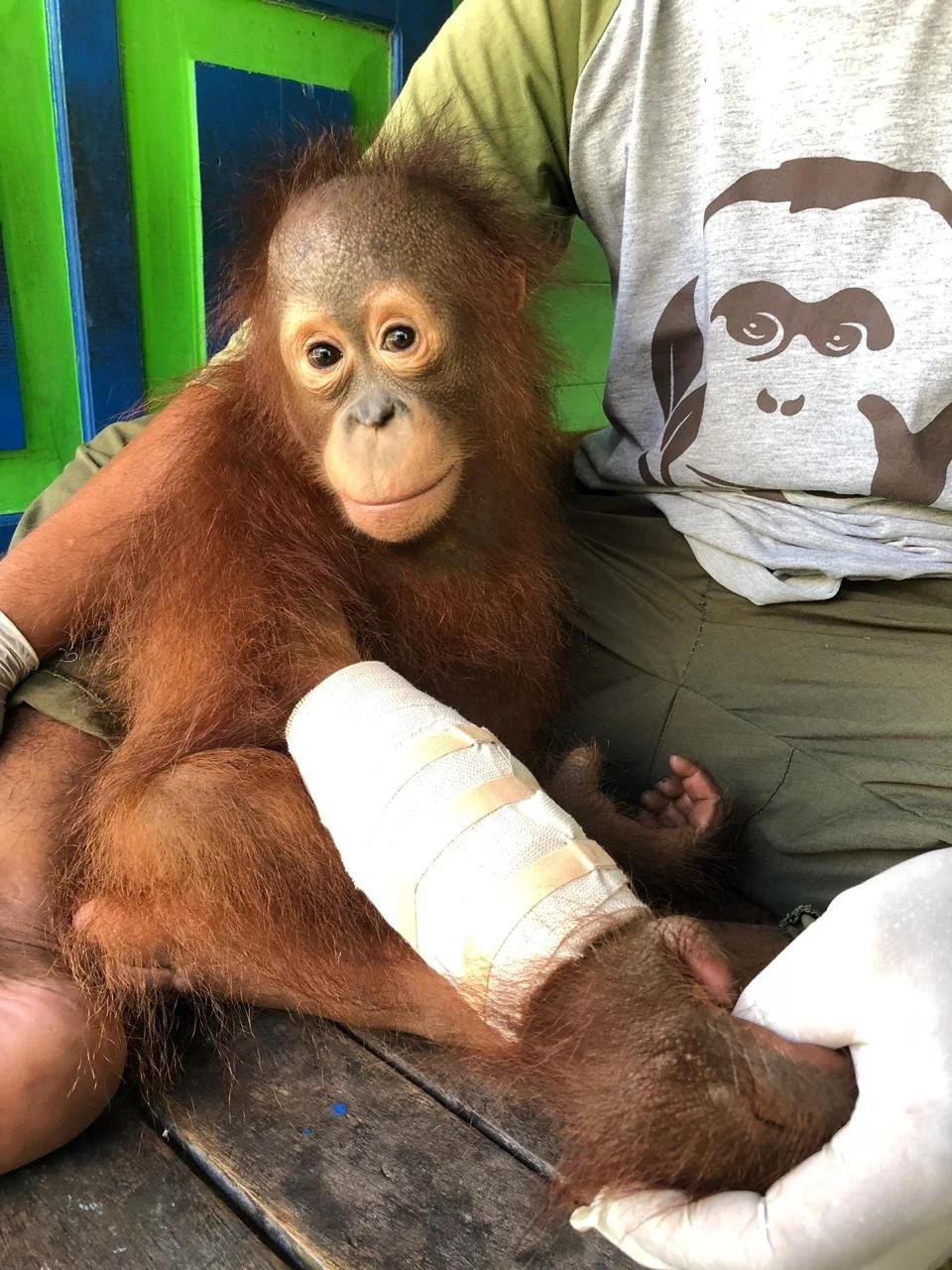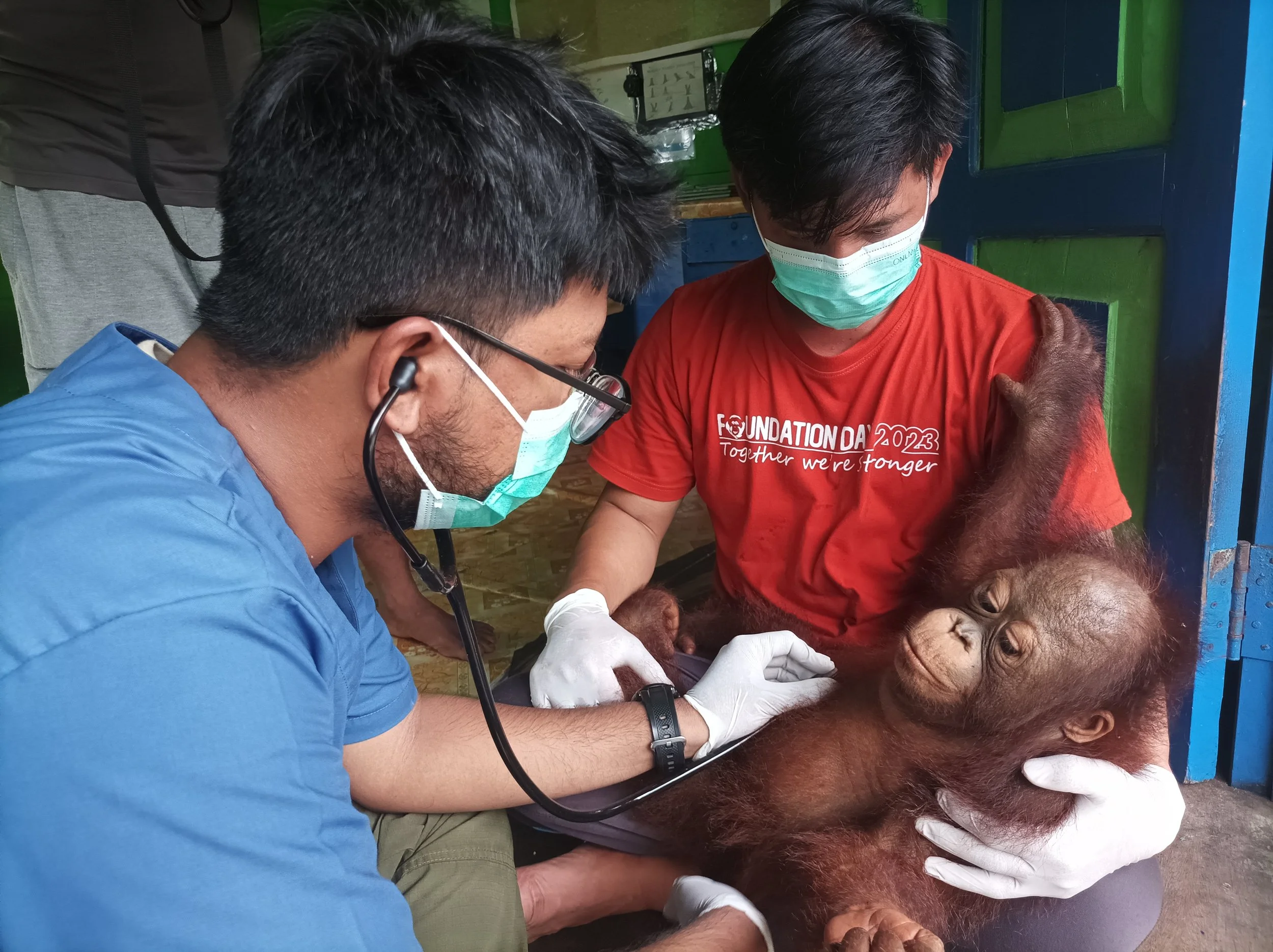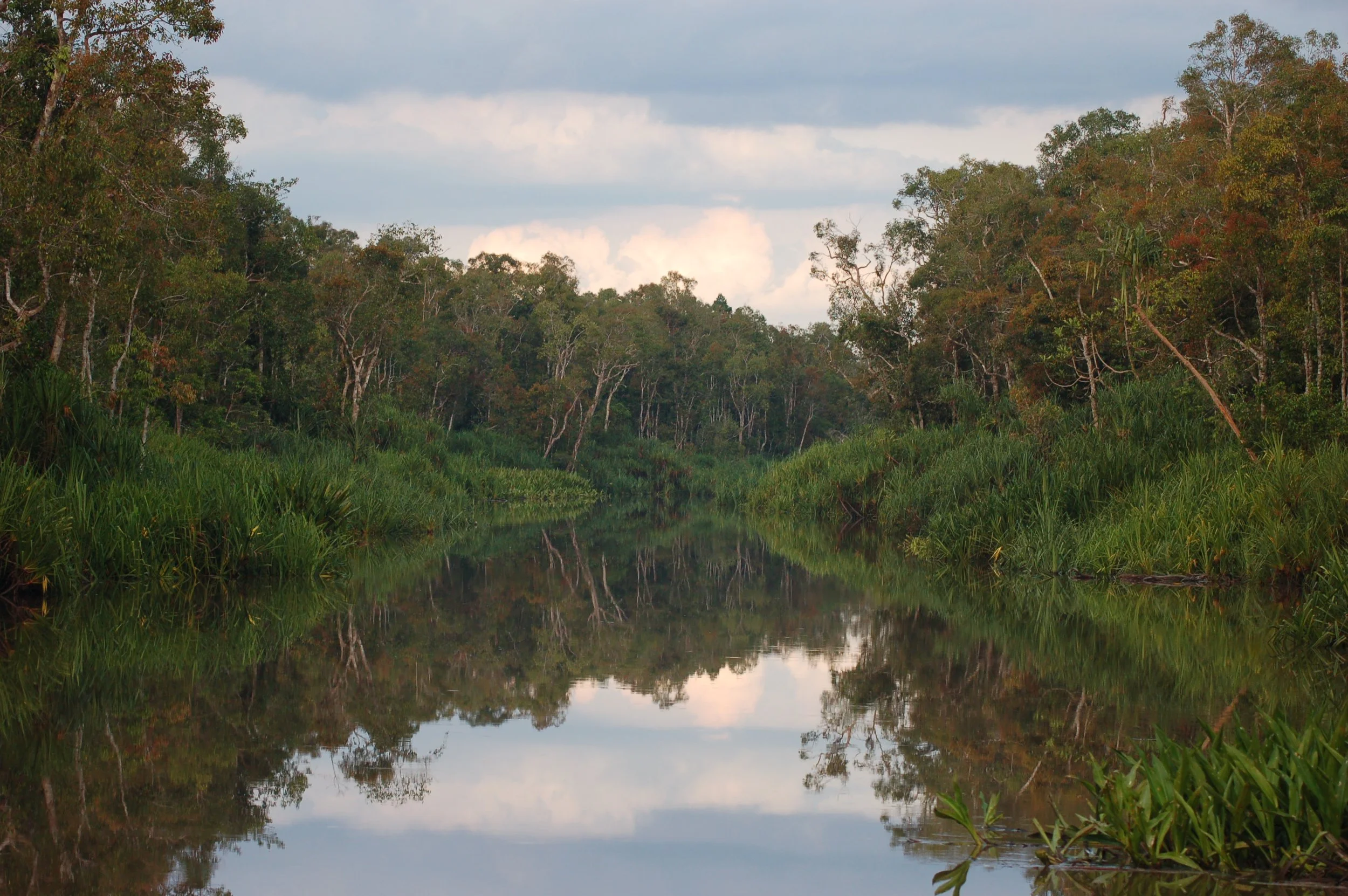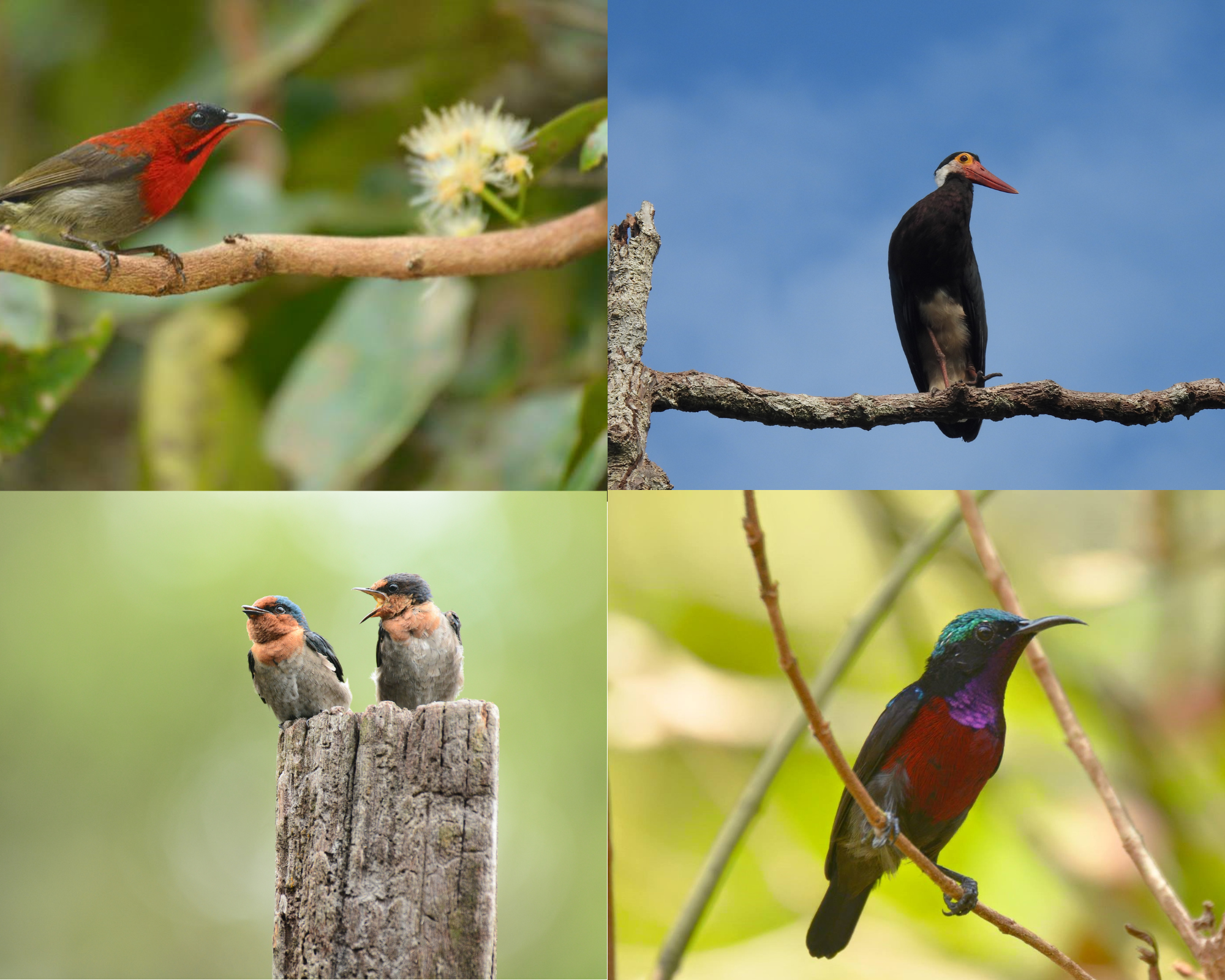On call for all biodiversity within the 500,000 acres of protected areas where we work, there is never a dull moment for the Foundation’s veterinarians. From rescuing sun bears to midnight trips with orangutans to the local hospital as to not alarm residents… they have truly witnessed it all.
Dr. Wawan
Having first joined Orangutan Foundation in 2010, Dr. Wawan returned as one of our veterinarians in 2022.
What is the most exciting part of being an Orangutan Foundation veterinarian?
“Rescuing orangutans and wildlife like sun bears and other primates is the most exciting work. Rescues occur one or two times a month and we have saved dozens of wild animals.”
Orangutan Foundation vet conducting a health assessment during an orangutan rescue
Though we hope any stranded animals will return on their own accord to a forested area, sometimes a rescue and translocation is required. In these cases, the individual must be safely tranquilised and if located in a tree, caught with a large net.
“As a vet my role is to prepare anaesthetic darts that will be used to anaesthetise the animal, then to check the orangutan or animals’ health before it’s released back into the safe forest.”
Rescuing an orangutan stranded in an oil-palm plantation - the orangutan is safely tranquilised
It is important that animals are only released into the wild post-rescue if they are in a good condition – if they are injured or in poor health, they must receive further care. An accurate health assessment is critical for the right decision to be made.
“I do both physical and clinical checks, for which I need to take a blood and faecal sample, which will be checked in a medical laboratory.”
Sometimes accidents can happen and orangutans in our care require medical assistance.
Orphaned orangutan Adib with fractured arm
Dr. Dimas works alongside Dr. Wawan as the Foundation’s veterinarian and often has to respond to incidents at one of the camps in Lamandau Wildlife Reserve.
“I saw an orphan named Adib accidentally fall from the trees, and I found he had fractured his right arm. As we don’t have an x-ray machine, I had to bring Adib to the public hospital… at night so that we did not alarm other patients. In another case, I had to stitch major wounds on a young male orphan named Brian - an adult male had attacked him for infiltrating his range. Both cases were very useful experiences; I learnt I have to keep calm when dealing with orangutans.”
What does a day’s work of an Orangutan Foundation veterinarian consist of?
The peat swamp forests of Borneo are not your everyday office - the commute is slightly different when your workplace is only accessible by boat.
On Tuesday mornings, Dr. Wawan boards a speedboat and travels along the river to the four camps in Lamandau Wildlife Reserve where the majority of our work is based.
“I make sure all orangutans or gibbons are in good condition. If there is any illness, then we give them medicine or treatment.”
Dr. Dimas giving a monthly health assessment to Logos in the soft-release programme
Being a veterinarian at Orangutan Foundation also brings invaluable experiences… sometimes, the vets must stay overnight at one of the camps located deep in Lamandau Wildlife Reserve. For Dr. Dimas, waking up with the forest is an experience like no other.
“I enjoy the ambience of the forest. Sometimes when I stay overnight in camp, I wake up very early in the morning and read novels whilst listening to gibbons calling to each other in the forest. It’s so peaceful.”
With the health of all animals ensured, the vets have time to enjoy the awe-inspiring forest on their doorstep. Dr. Wawan also makes time for birdwatching and photography, which together provide the only verified bird list for Lamandau Wildlife Reserve and many of the photos used on social media.
“I hope we are able to work together to preserve orangutans and other wildlife and to preserve the forest forever.” – Dr. Wawan
Birds of Lamandau Wildlife Reserve


